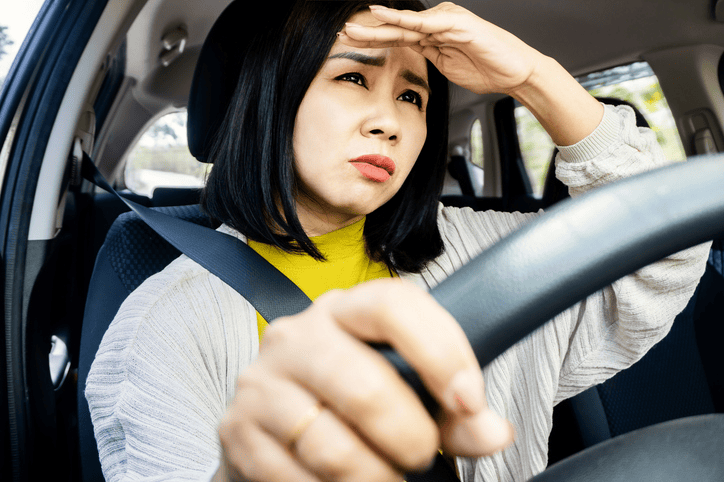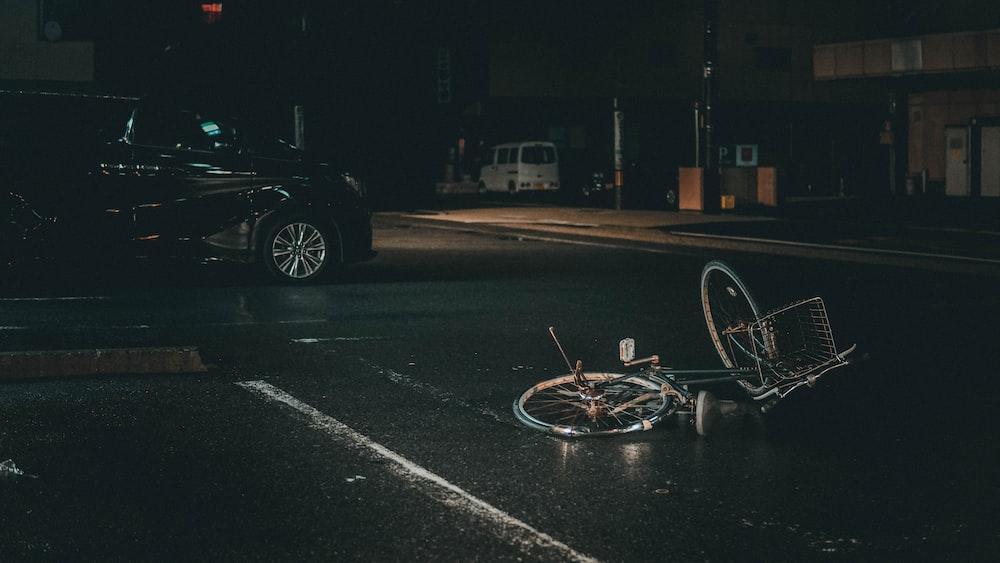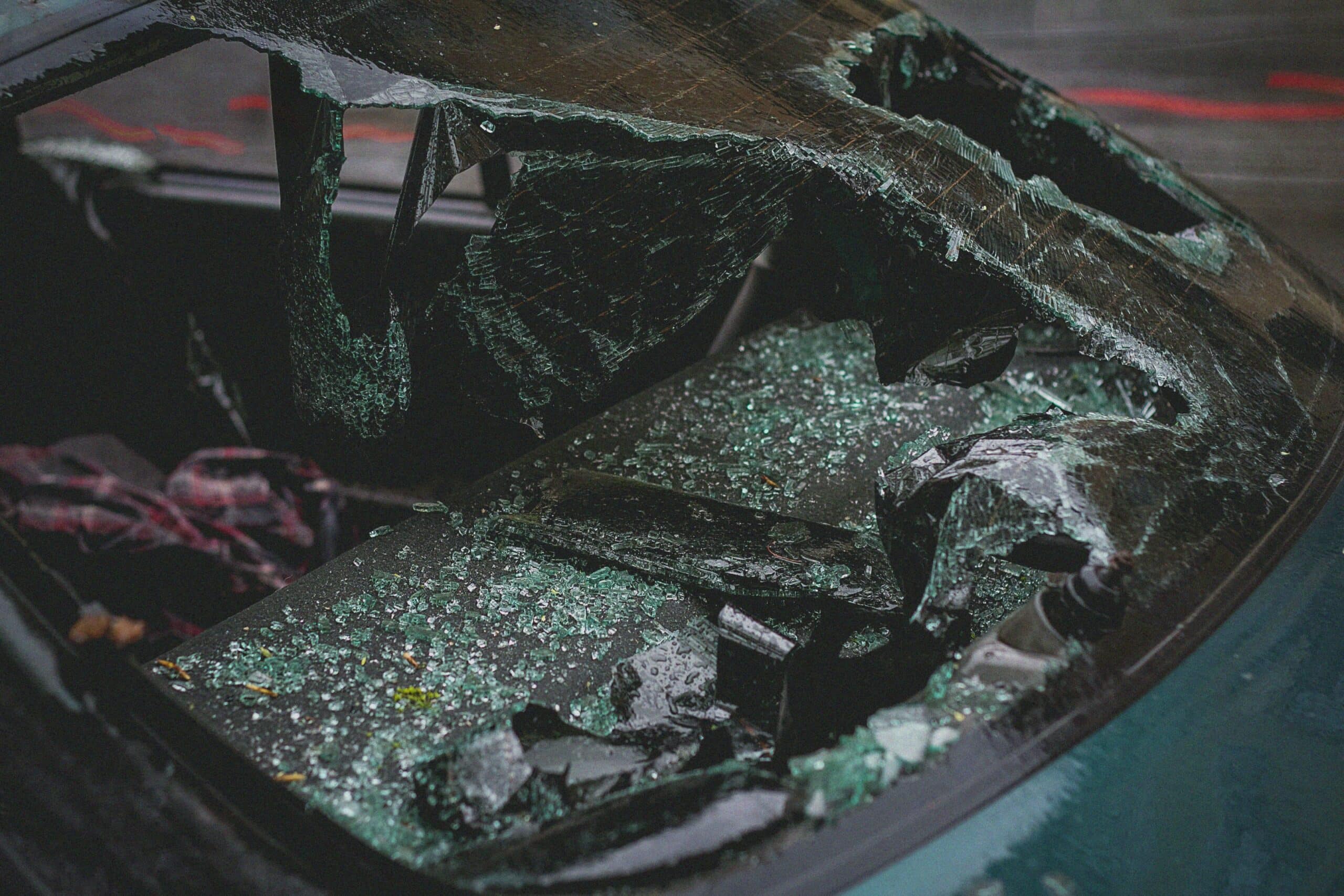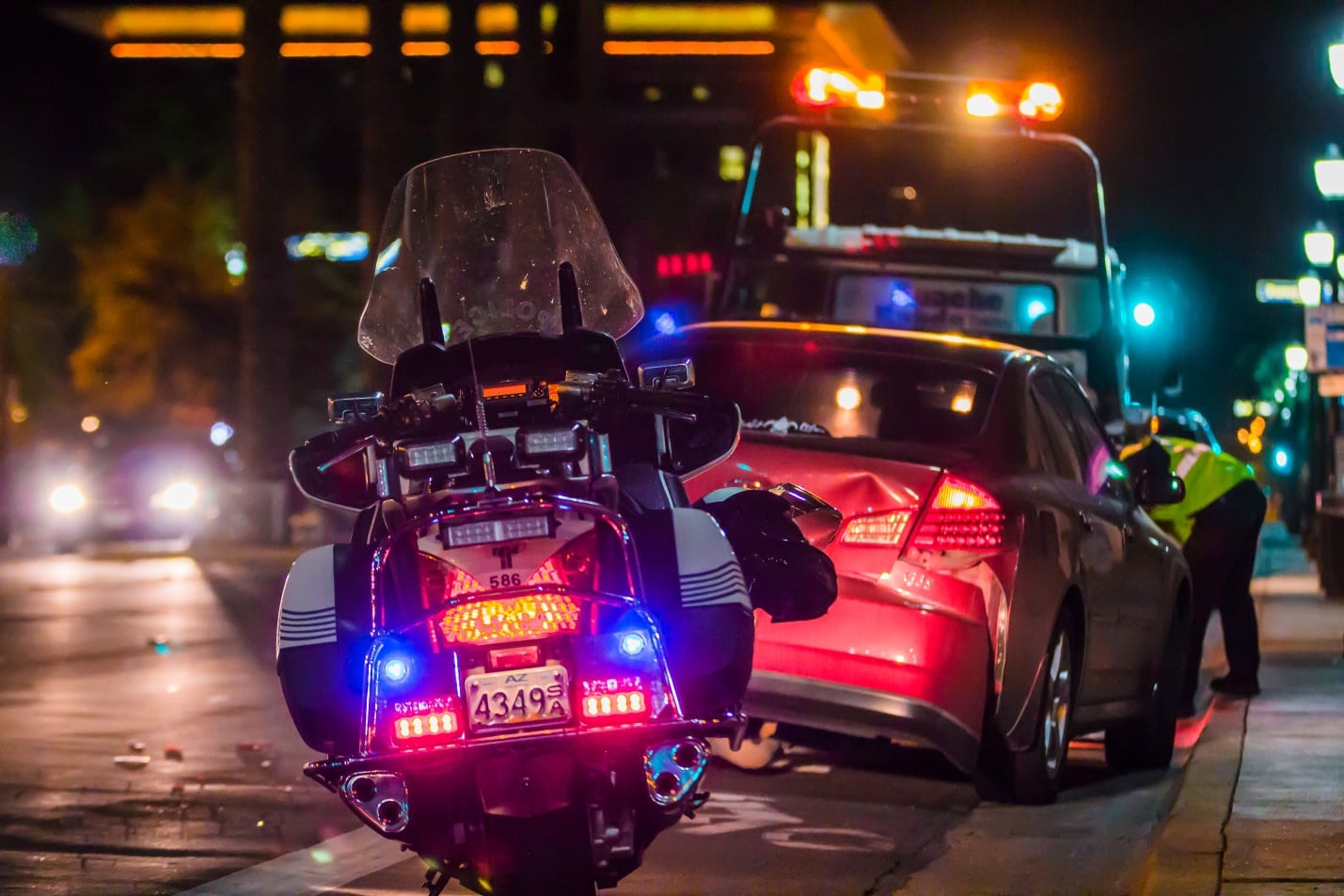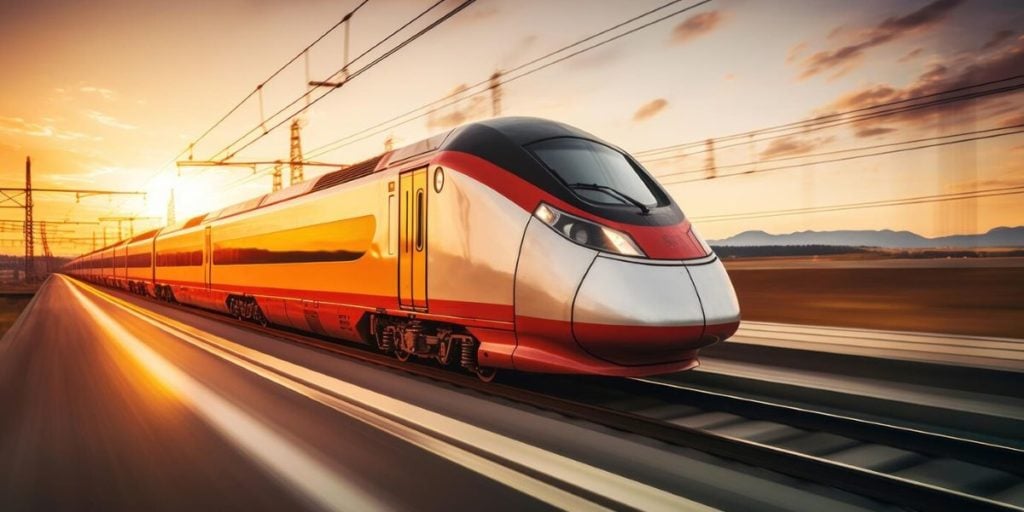
When a train hits a car, pinpointing “who is at fault when a train hits a car” is a critical concern. This article addresses the intricate factors — driver behavior, train operator responsibilities, and the safety of the crossing that collectively determine liability. With a focus on the roles each party plays, we provide insight into the assessments made in these unfortunate occurrences, giving readers a factual basis for understanding fault without premature judgments.
Key Takeaways
Determining liability in train-car collisions involves investigating the actions and responsibilities of vehicle drivers, train operators, crossing managers, and transportation safety authorities.
Robust emergency response and accident reporting systems are crucial, while legal expertise is often necessary to navigate complex claims for injuries and damages resulting from train accidents.
Preventative measures, including technological enhancements and public safety campaigns, are essential for reducing train-car collisions, alongside the impact of historical cases and regulations on improving railroad safety.
Anatomy of a Railroad Crossing Incident
Comprehending the intricacies of a railroad crossing incident is vital to mitigating such accidents and securing justice in their aftermath. On average, over 230 people are killed each year in train-vehicle collisions. The catastrophic consequences of these incidents underscore the need for robust safety measures and stringent adherence to them.
Understanding Warning Systems and Active Tracks
At the heart of any railroad crossing safety mechanism are its warning systems. These include lights, gates, and bells, which are activated as a train approaches. Advances in technology, such as positive train control (PTC) systems, have enhanced these safety mechanisms, alerting engineers to malfunctions in crossing apparatuses and automating train horns when necessary.
The state of these warning signals can impact the determination of liability in a train-car incident.
Actions of the Driver as the Train Approaches
Despite the presence of safety mechanisms, the driver’s actions as the approaching train comes closer play a critical role in averting or causing a collision. Misjudging the train’s speed or ignoring warning signals can lead to disastrous consequences.
The actions and conditions in the moments before a possible collision play a significant role in assigning liability.
The Critical Moments Before Impact
The moments before impact in a train-car collision can determine liability, with factors such as crossing conditions and driver decisions playing a role. If a vehicle enters the tracks despite active warning signals, the risk of a collision significantly increases, impacting the assessment of fault.
Liability may extend to the local municipality if an improperly maintained or constructed crossing roadbed contributes to the occurrence of an accident.
Assessing Fault in Train-Car Collisions
Deciphering liability in train-car collisions necessitates a thorough examination of the roles and responsibilities of all involved parties. The actions of the following parties come under scrutiny:
The vehicle driver
The train operator
The entity responsible for the crossing
Authorities overseeing transportation safety
An accident at a railroad crossing can be a consequence of negligence or failure in fulfilling duties by any of these parties.
The Role of Motor Vehicle Drivers
A motor vehicle driver’s negligence can often be a factor in a train-car collision. Misjudging the train’s speed, ignoring warning signals, or attempting reckless maneuvers, like trying to drive around crossing gates or beat the train, can lead to catastrophic accidents. Ignorance or disregard of warning systems at railroad train crossings is not just a breach of traffic laws; it can lead to severe, even fatal consequences.
Railroad Companies and Operator Duties
Responsibility for safety isn’t only on the drivers; railroad companies and train operators also have a significant part to play. They have a duty to:
Operate safely
Maintain their train tracks
Ensure visibility at crossings by clearing obstructions
Maintain warning systems
Adhere to strict safety procedures
These responsibilities are crucial for ensuring the safety of everyone involved.
The failure to fulfill these duties can have devastating ramifications, making them potential parties in a liability claim.
Governmental Responsibilities for Safe Crossings
Agencies like the Federal Railroad Administration act as the government’s arm in ensuring safety at railroad crossings. By enforcing rail safety regulations, overseeing safety measures of railroad infrastructures, and providing grants for the improvement of crossings, the government actively works to reduce accidents.
However, if inadequate conditions of the roadbed at railroad crossings contribute to a train-car collision, local municipalities can also be held liable.
Navigating the Aftermath of a Train Accident
The post-accident phase, which involves emergency response, injury assessment, and the beginning of a railroad accident claim, is crucial. The magnitude of a train accident’s impact, both physical and financial, necessitates expert guidance to navigate the complex legal landscape.
Emergency Response and Assessing Injuries
Emergency response plans for train accidents involve coordinated efforts between various agencies. Victims commonly suffer from severe physical injuries such as broken bones, spinal cord trauma, and traumatic brain injuries, along with mental health issues like post-traumatic stress disorder. Reporting the incident promptly to the appropriate authorities is critical in these circumstances.
Initiating a Railroad Accident Claim
Filing a railroad accident claim is a complex task that often requires legal expertise. The Federal Railroad Safety Act provides the legal backbone for these claims, and it is crucial to be aware of the statute of limitations when considering a lawsuit.
Reporting serious accidents to the National Response Center for FRA reporting can provide important information for a claim.
Legal Perspectives on Railroad Crossing Accidents
Legally, comprehending the duties of care by railroads and the process of assigning liability among various parties is essential in the context of railroad crossing accidents. This can be further complicated by jury biases in favor of railroad companies, emphasizing the need for experienced legal representation.
Determining Liability Among Multiple Parties
Establishing liability in train crossing accidents requires a thorough investigation to prove negligence. This might involve multiple parties, such as the railroad company, train company, conductors, and part manufacturers.
The complexity of these issues underscores the importance of skilled legal representation.
Seeking Compensation for Damages and Injuries
Victims of train accidents can seek compensation for injuries, property damage, and loss of life. This process, however, may face limitations in the legal system, as seen in the Chatsworth train collision case where victims were undercompensated by at least $64 million due to a compensation cap.
Expert legal representation is crucial to navigate these complexities and ensure fair compensation.
Preventative Measures and Safety Protocols
The implementation of preventative measures and adherence to safety protocols significantly contribute to lowering the frequency and severity of train-car collisions. Implementing innovative safety measures and technological upgrades have led to a significant decrease in railroad crossing accidents.
Enhancing Railroad Crossing Safety
Innovations in safety measures, including additional lights on locomotives and in-vehicle warnings for level crossing proximity, have shown high safety potential. Technological upgrades, such as four-quadrant gates, LED signal lights, and remote monitoring capabilities, are being increasingly adopted by railroad companies to enhance safety.
Educating Drivers and Pedestrians on Railroad Safety
Public awareness campaigns and education efforts can significantly contribute to reducing fatalities and injuries around railroad tracks and crossings. For instance, Operation Lifesaver, Inc. partnered with the U.S. Department of Transportation to initiate Rail Safety Week, a campaign focused on reducing accidents through education and public awareness.
Case Studies: Analyzing Past Train Accident Cases
Past train accident cases offer crucial lessons on the intricacies of these incidents and their repercussions. They not only reveal potential limitations in the legal system but also highlight the impact of train accidents on laws and regulations.
Lessons from Historical Train Accident Verdicts
Historical verdicts in train accident cases, like the Chatsworth train collision, reveal the challenges in obtaining adequate compensation for victims. Such cases underscore the need for legislative amendments to address the victims’ needs more effectively.
Impact of Train Accidents on Laws and Regulations
Train accidents, including those involving freight trains, have a significant impact on laws and regulations. As the train arrives at its destination, it’s important to remember incidents like the Chatsworth train collision, which occurred on a train track and led to the enactment of the Rail Safety Improvement Act of 2008, mandating the implementation of Positive Train Control systems on certain mainlines. In the context of train hits, this legislation aims to prevent such tragic events from happening again.
Initiatives like Rail Safety Week, observed across North America, have also been spurred by the need to enhance railroad safety.
How an Experienced Attorney Can Assist
Post-accident navigation can be significantly eased with the guidance of an experienced attorney. From evaluating your case and determining liability to providing expert legal representation, an attorney plays a crucial role in ensuring fair compensation for train accident victims.
Evaluating Your Case with a Free Initial Consultation
Several law firms offer a free initial consultation for potential clients. This serves as an opportunity for victims to discuss their case with a law firm, understand their legal options, and decide on the best course of action.
The Importance of Expert Legal Representation
In a train accident case, expert legal representation can greatly impact the outcome. Skilled attorneys can:
Navigate the complexities of railroad crossing accident claims
Confront large railway companies
Present evidence effectively to obtain adequate compensation.
They identify all potentially liable parties to maximize compensation.
They represent clients in court, presenting compelling arguments and advocating for their rights.
They work to ensure clients receive maximum compensation for their losses.
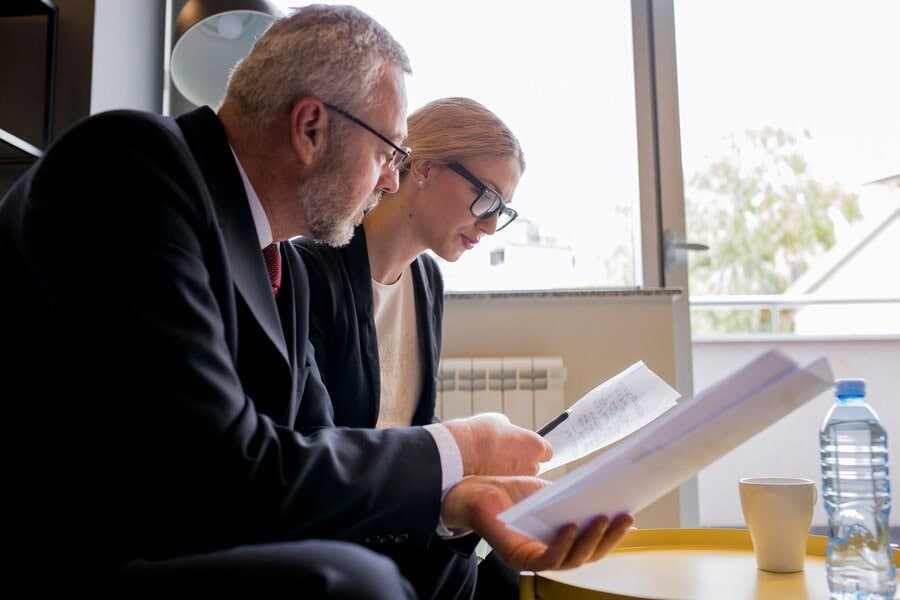
Start Your Journey to Justice with BLG
To sum up, dealing with a train-car collision’s aftermath involves a complex interplay of responsibilities and liabilities. Drivers, railroad companies, train operators, and even government bodies have roles to play in preventing such accidents. When accidents do occur, expert legal representation is crucial to navigate the complexities of the law, determine liability, and ensure fair compensation for victims. Preventative measures, safety protocols, and public education can significantly reduce the occurrence and impact of such incidents.
If you or a loved one has been involved in a train-car collision, don’t wait to seek legal assistance. Our experienced attorneys at BLG are here to help you understand your rights, navigate the legal process, and pursue the compensation you deserve.
Contact BLG today for expert guidance and a free consultation.
Frequently Asked Questions
What happens if a train hits your car?
If a train hits your car and causes personal injuries, you may be able to claim financial compensation based on the negligence of the parties involved. It is important to seek legal advice if you are in this situation.
What is it called when a train is involved in an accident?
When a train is involved in an accident, it is referred to as a train wreck, collision, accident, or crash. It is a type of disaster involving one or more trains.
Do trains stop if they hit someone?
Yes, trains have to stop and stay in place after hitting a person or vehicle at a grade crossing until they are released by the police. It’s a necessary protocol for all parties involved.
Who can be held liable in a train-car collision?
In a train-car collision, liability can fall on the motor vehicle driver, the train operator, the railroad company, or local and state agencies, depending on the circumstances. It’s important to thoroughly investigate to determine who is at fault.
What responsibilities do railroad companies have in preventing train-car collisions?
Railroad companies have a duty to operate safely, maintain tracks, ensure visibility at crossings, and adhere to strict safety procedures to prevent train-car collisions. This is essential for protecting the safety of everyone involved.
